Linking content and format will be key
Journalists have traditionally seen their job as creating content. How that content then progresses — from when the journalist types the last sentence to when the story is ready for consumption — is usually a process involving other members of an editorial team: copy editors, art directors and designers, and other production people.
As I prepare the Spring 2022 syllabus for my Multiplatform Design & Storytelling class at Columbia University, I’m keenly aware that the students I train and mentor to be journalists need to become adept at how content and story formats come together.
The link that journalism and technology share has never been more essential and stronger. We can no longer separate how stories flow, how they are updated, and how they are promoted in social media and newsletters from the technology that allows for the constant flow of information.
This isn’t to say that journalists need to become coders. But a journalist today must understand the technical processes that allow us to keep information current and to tell stories in a more engaging, mobile-friendly manner. Readers who consume news and features on mobile devices appreciate stories that are told seamlessly, with the narrative and visual assets coming together in a natural flow. To do this effectively, journalists must conceptualize stories through an honest discussion that has format at its core. The idea must be to start thinking of how the story would be consumed in small formats (such as phone screens) and then adapt it to larger formats (such as printed material).
How a story is packaged today corresponds directly with the platform in which it will be consumed. It’s up to the individual reporter to recognize what each platform can do best and to exploit those qualities in the way the story is written and designed. For mobile stories, appeal to the senses beyond static photos to incorporate audio and video components.
We already see content relevance, format, and presentation becoming key engines to effective visual storytelling. In 2022, the emphasis on how content and format come together should be a centerpiece of strategic discussions in every newsroom.
Mario García is CEO of García Media.
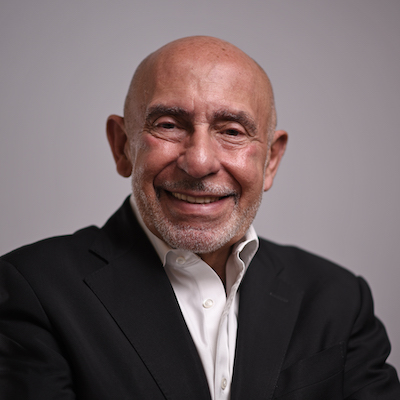
Journalists have traditionally seen their job as creating content. How that content then progresses — from when the journalist types the last sentence to when the story is ready for consumption — is usually a process involving other members of an editorial team: copy editors, art directors and designers, and other production people.
As I prepare the Spring 2022 syllabus for my Multiplatform Design & Storytelling class at Columbia University, I’m keenly aware that the students I train and mentor to be journalists need to become adept at how content and story formats come together.
The link that journalism and technology share has never been more essential and stronger. We can no longer separate how stories flow, how they are updated, and how they are promoted in social media and newsletters from the technology that allows for the constant flow of information.
This isn’t to say that journalists need to become coders. But a journalist today must understand the technical processes that allow us to keep information current and to tell stories in a more engaging, mobile-friendly manner. Readers who consume news and features on mobile devices appreciate stories that are told seamlessly, with the narrative and visual assets coming together in a natural flow. To do this effectively, journalists must conceptualize stories through an honest discussion that has format at its core. The idea must be to start thinking of how the story would be consumed in small formats (such as phone screens) and then adapt it to larger formats (such as printed material).
How a story is packaged today corresponds directly with the platform in which it will be consumed. It’s up to the individual reporter to recognize what each platform can do best and to exploit those qualities in the way the story is written and designed. For mobile stories, appeal to the senses beyond static photos to incorporate audio and video components.
We already see content relevance, format, and presentation becoming key engines to effective visual storytelling. In 2022, the emphasis on how content and format come together should be a centerpiece of strategic discussions in every newsroom.
Mario García is CEO of García Media.
Jody Brannon

Christoph Mergerson

Kristen Muller

Stephen Fowler

Stefanie Murray

Jesenia De Moya Correa
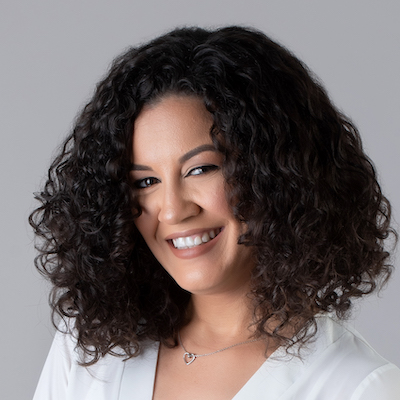
Shalabh Upadhyay

Ståle Grut

Gabe Schneider

Tamar Charney

Wilson Liévano
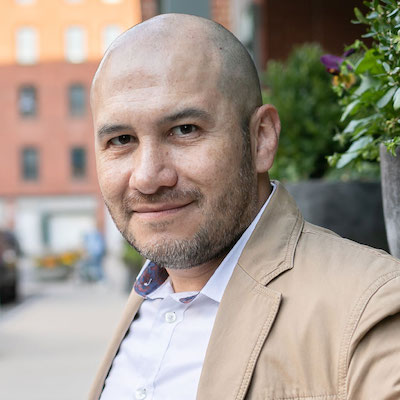
Matthew Pressman

A.J. Bauer

Meena Thiruvengadam
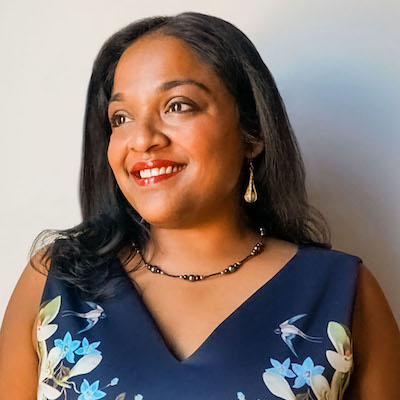
Joshua P. Darr

Jennifer Brandel

Simon Allison

Sam Guzik

Rachel Glickhouse

Zizi Papacharissi
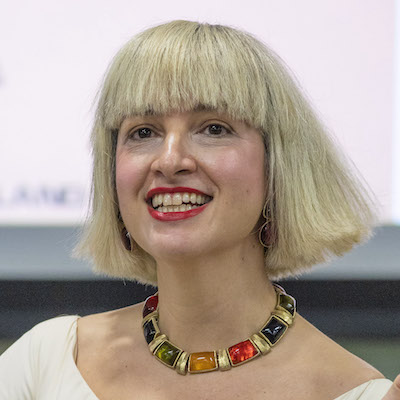
Gordon Crovitz

Jennifer Coogan

Anthony Nadler

David Cohn

Ariel Zirulnick

Matt Karolian

Mike Rispoli

Mary Walter-Brown

Larry Ryckman

Paul Cheung

Kathleen Searles Rebekah Trumble

Izabella Kaminska

Julia Munslow

Tom Trewinnard

David Skok

Sarah Stonbely

Melody Kramer

Sarah Marshall

Daniel Eilemberg

Parker Molloy

Whitney Phillips

Mario García

Millie Tran

Tony Baranowski

Eric Nuzum

Kendra Pierre-Louis

Jonas Kaiser

Candace Amos
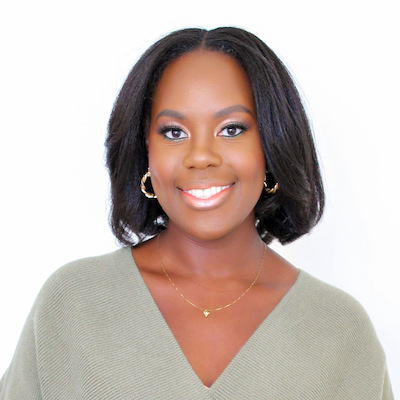
Julia Angwin

Amara Aguilar

John Davidow

Joni Deutsch

Moreno Cruz Osório

Jesse Holcomb

Anita Varma

James Green

Matt DeRienzo

Francesco Zaffarano

Juleyka Lantigua

Richard Tofel

Janelle Salanga

S. Mitra Kalita
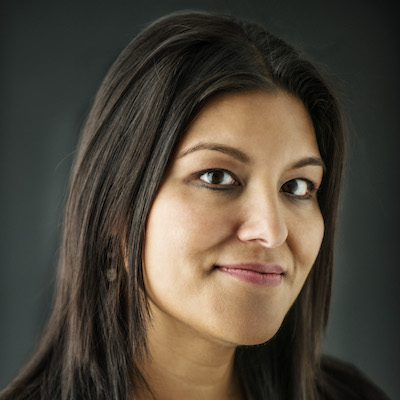
Doris Truong

Rasmus Kleis Nielsen

Burt Herman

Gonzalo del Peon

Amy Schmitz Weiss

Natalia Viana

Raney Aronson-Rath

Kristen Jeffers
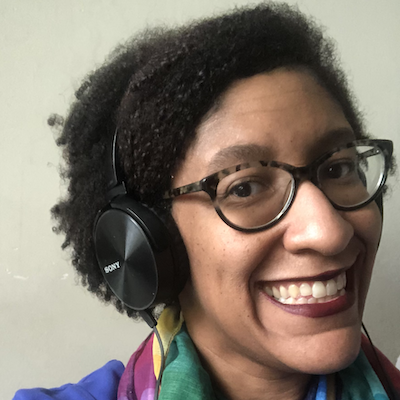
Andrew Freedman

Simon Galperin

Errin Haines

Laxmi Parthasarathy

Shannon McGregor Carolyn Schmitt

Don Day

Robert Hernandez
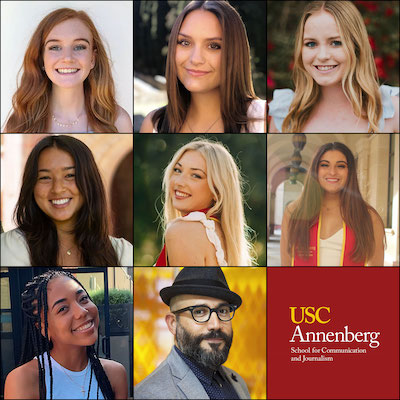
Anika Anand

Nikki Usher

Jessica Clark

Alice Antheaume
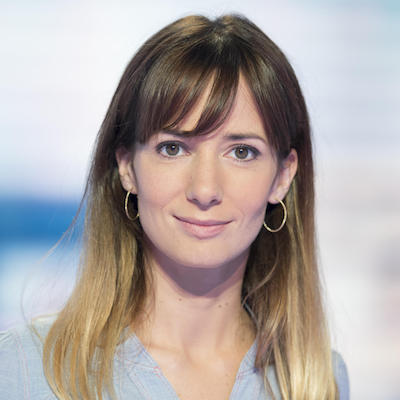
Megan McCarthy

Cherian George
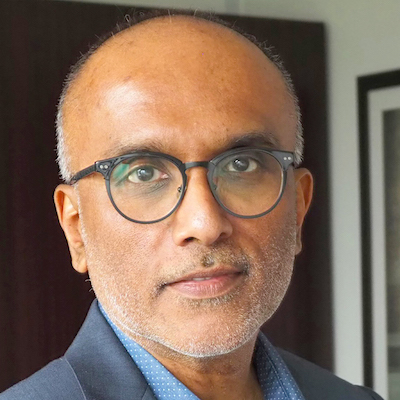
AX Mina

Joanne McNeil

Catalina Albeanu

Chicas Poderosas

Joe Amditis

j. Siguru Wahutu
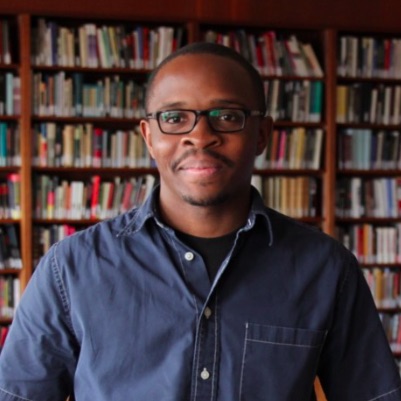
Kerri Hoffman
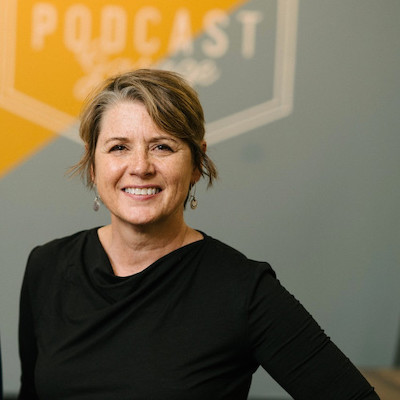
Brian Moritz

Chase Davis

Victor Pickard

Cindy Royal

Cristina Tardáguila
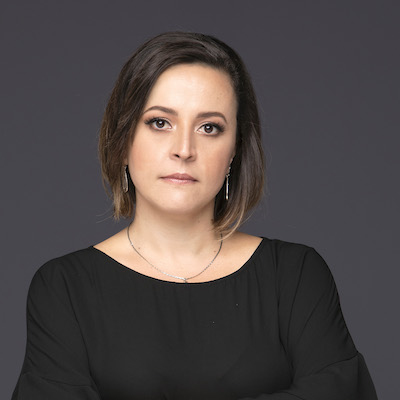
Joy Mayer

Mandy Jenkins

Jim Friedlich

Michael W. Wagner

Christina Shih
